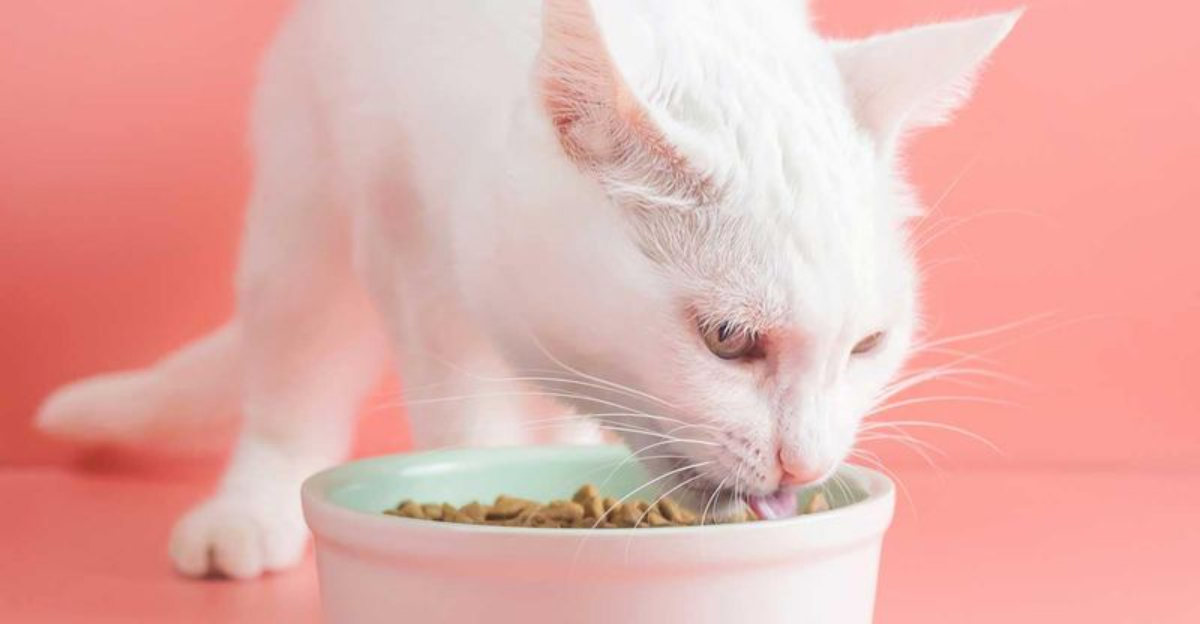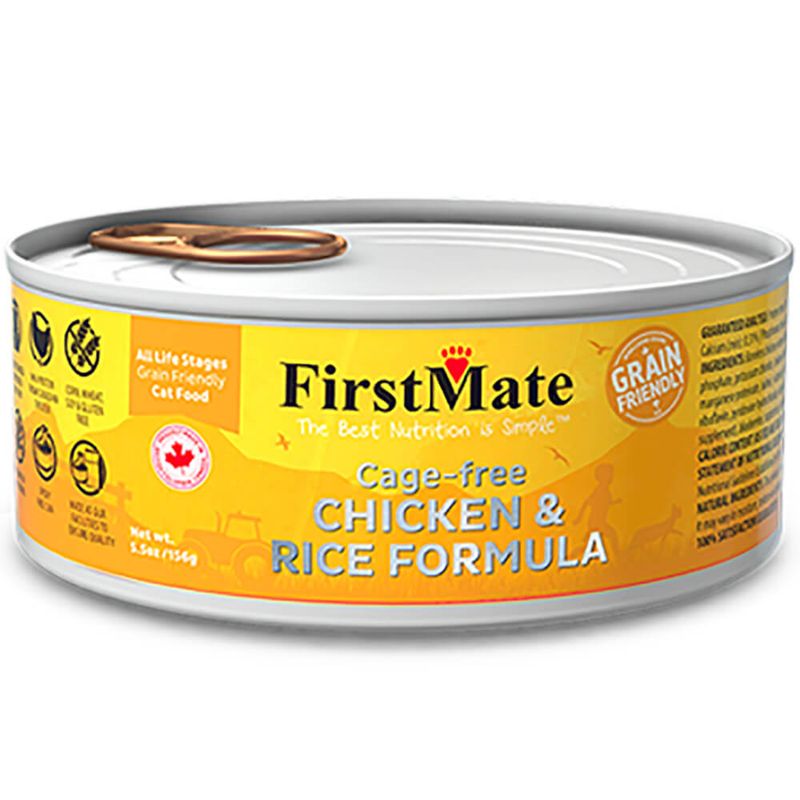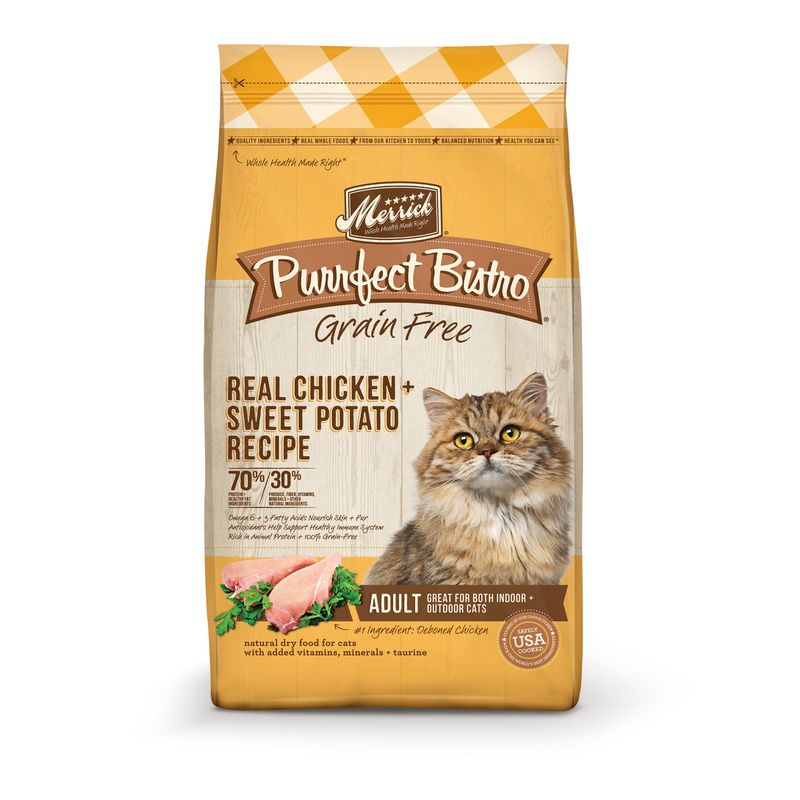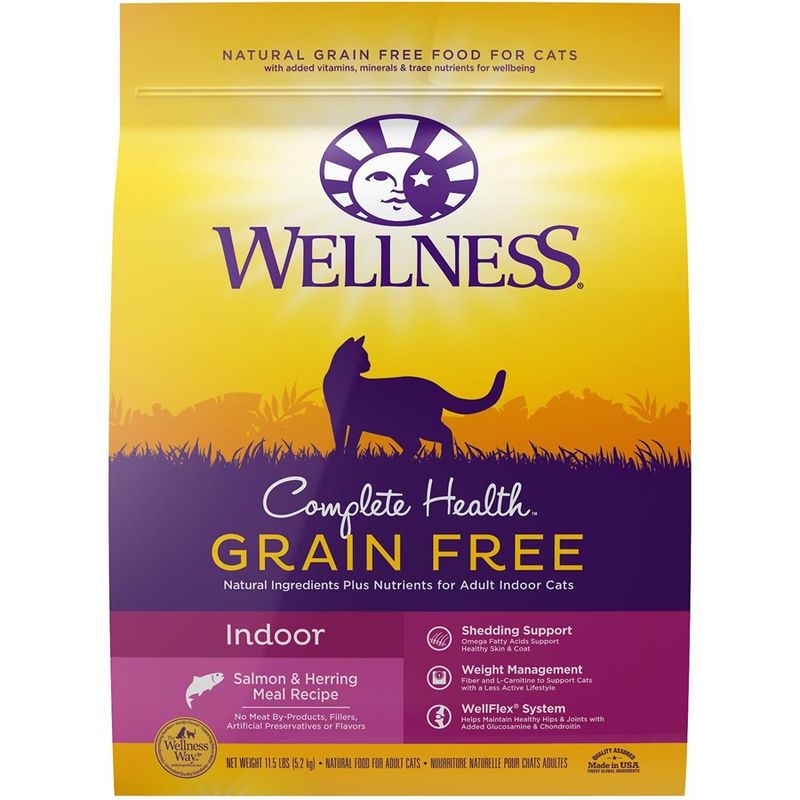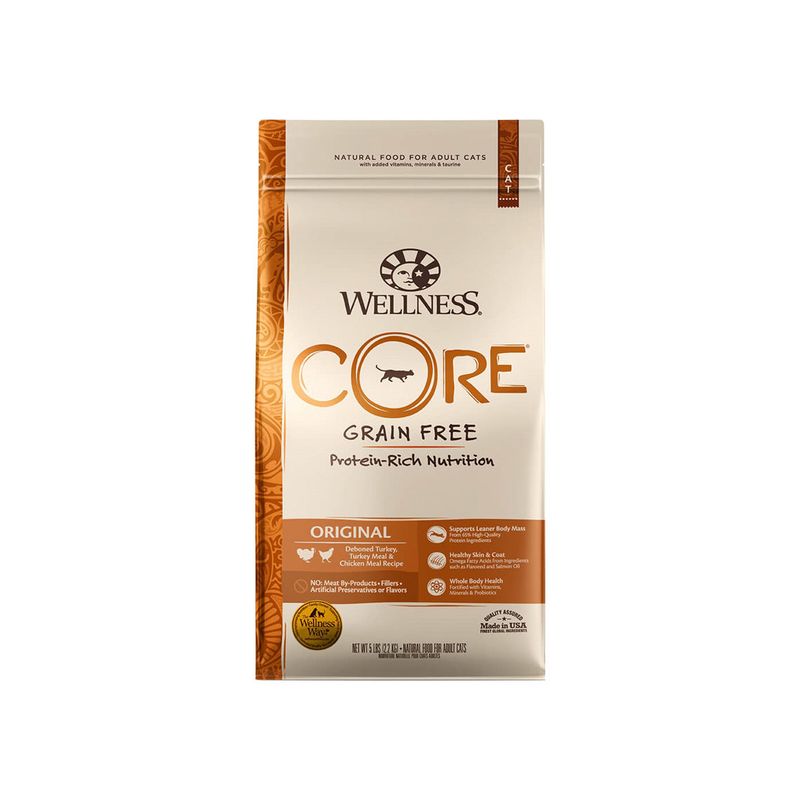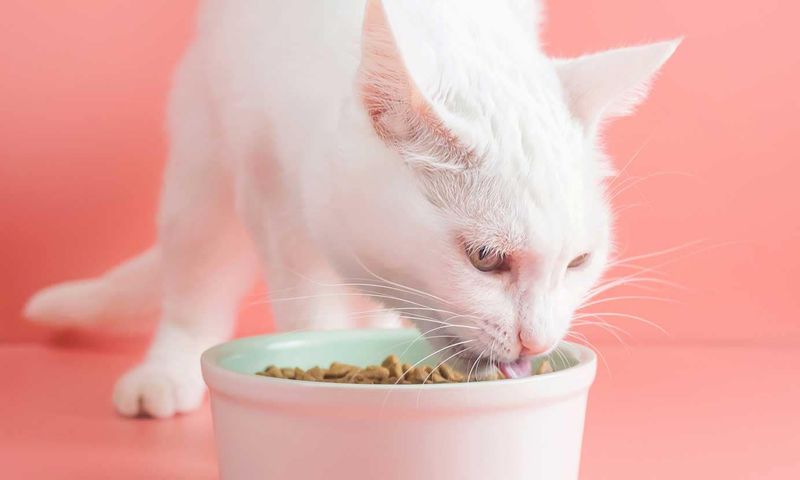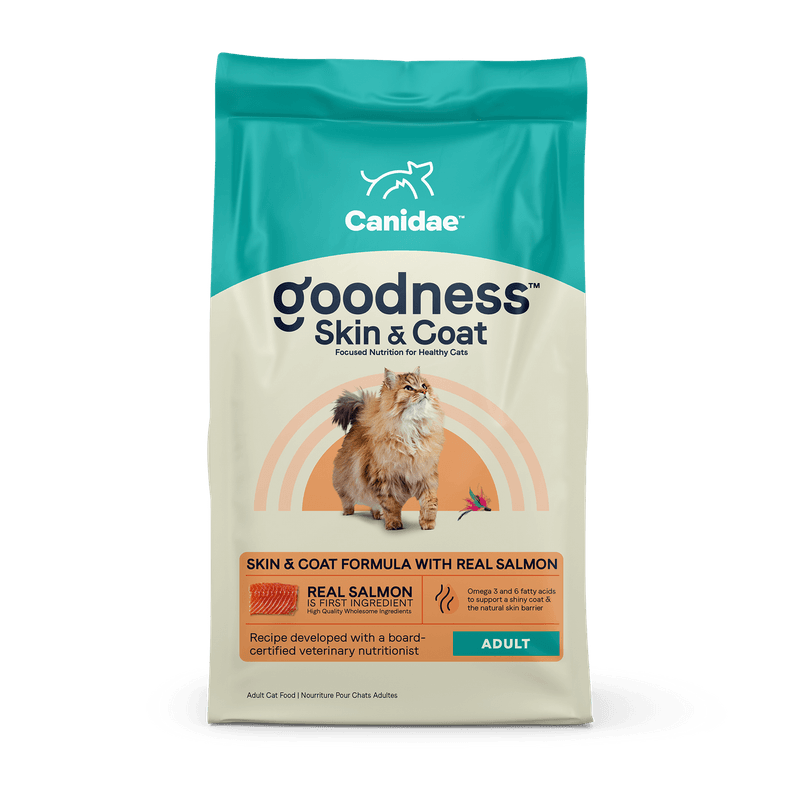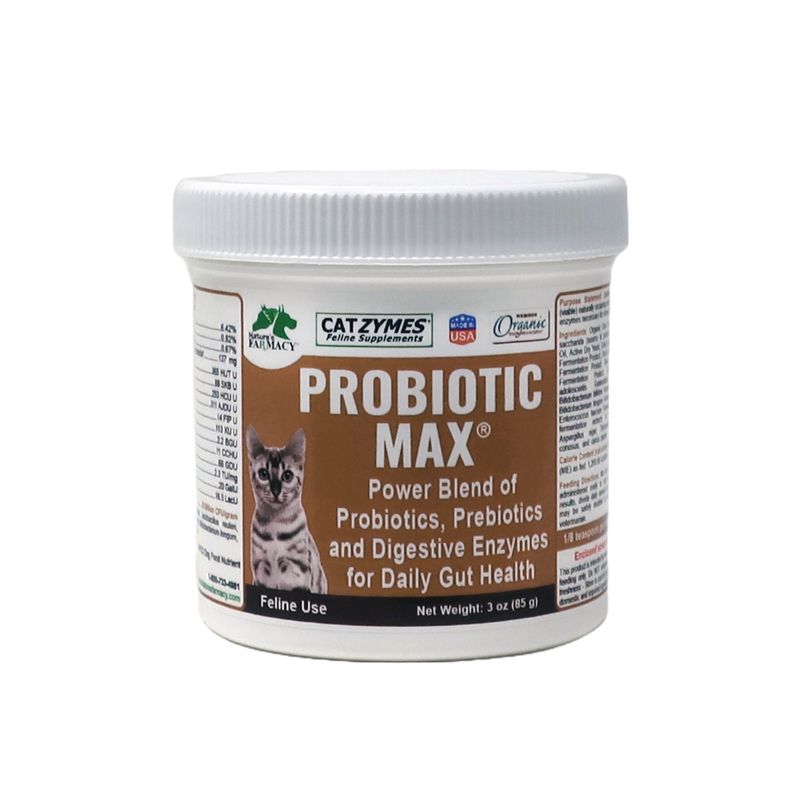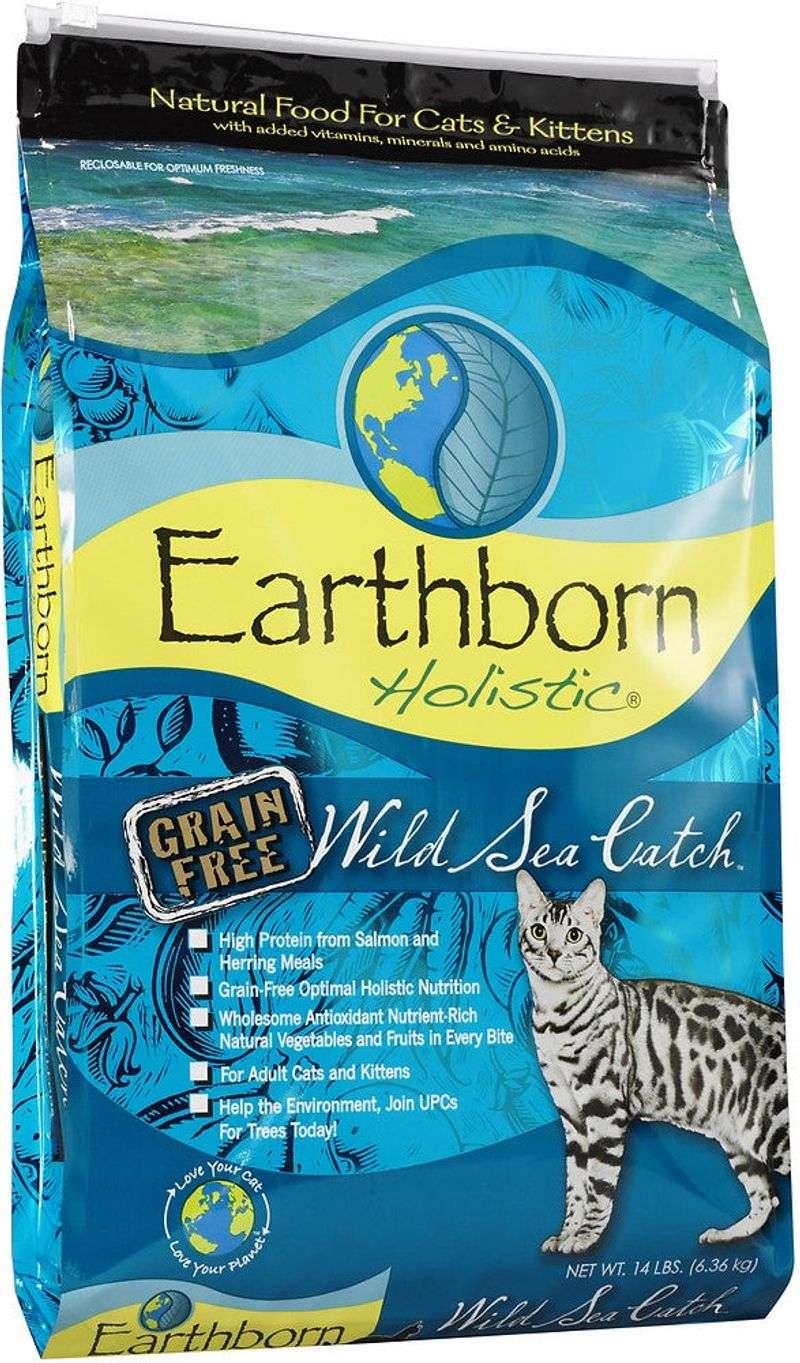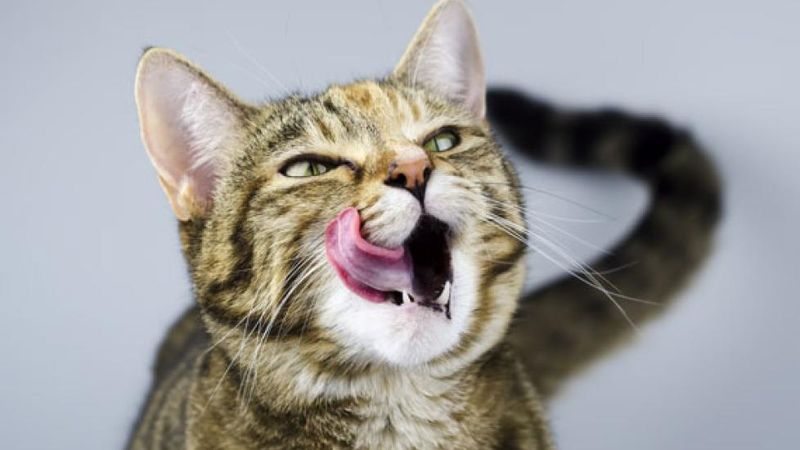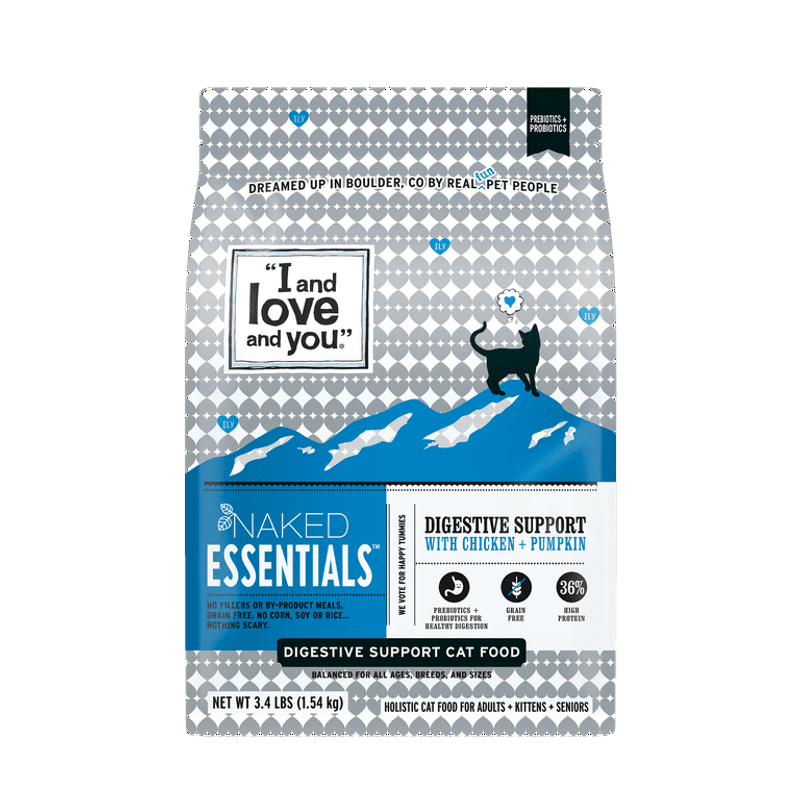📖 Table of Content:
Choosing the right cat food can feel overwhelming in a world filled with labels like “natural,” “organic,” “premium,” and “holistic.” As pet owners, we all want to provide the very best for our feline companions, but it’s not always clear what those terms really mean—or which ingredients actually matter. That’s where the concept of holistic cat food comes in: a philosophy centered on nourishing the entire being of your cat, from tail to whiskers.
Holistic pet food isn’t just about avoiding bad ingredients; it’s about purposeful nourishment. Every element in the formula is chosen for its contribution to a cat’s health, longevity, and happiness. It’s not just about protein percentages or calories—it’s about supporting digestion, brain function, immune strength, skin condition, and emotional balance with ingredients that are close to their natural form.
If you’re curious about what to look for when picking a holistic cat food brand, you’re in the right place. Below are the 10 most important features to seek on the label. Each plays a critical role in shaping your cat’s well-being, so read on to discover how to feed your feline friend with purpose.
1. Named Animal Protein as the First Ingredient
The foundation of any high-quality holistic cat food starts with the first ingredient on the label—and that should be a named animal protein, such as chicken, duck, or salmon. This ensures your cat gets the essential amino acids and nutrients they need from a biologically appropriate source. Avoid vague terms like “meat by-product” or “animal meal,” which often hide low-grade leftovers. Cats are obligate carnivores, which means their bodies are designed to thrive on animal protein. Including this as the primary ingredient supports muscle growth, healthy organs, and energy levels. Look for brands that proudly list “deboned turkey” or “wild-caught salmon” right at the top. That clarity reflects not just quality, but transparency and trustworthiness.
2. Whole Food Ingredients
Rather than relying on heavily processed fillers or synthetic compounds, holistic cat food typically includes whole food ingredients. These are items you could recognize from your own pantry—like brown rice, peas, sweet potatoes, and cranberries. Whole foods supply natural sources of vitamins, minerals, fiber, and antioxidants, making nutrients more bioavailable to your cat. By skipping overly refined inputs, the food becomes easier to digest and more nutritious. You’ll often see a vibrant mix of vegetables and fruits in the ingredient list, each with a specific benefit. Sweet potato supports energy; spinach contributes iron; blueberries fight inflammation. All in all, whole food ingredients make your cat’s meal feel more like real food than processed pellets.
3. Grain-Free or Whole Grains
When it comes to grains in holistic cat food, one size doesn’t fit all—and the best brands respect that balance. Some formulas avoid grains entirely, catering to cats with allergies or sensitivities to gluten and starch. Others include whole grains like barley or oatmeal, which provide fiber and sustained energy without triggering inflammation. The key is choosing grains in their natural form, not as cheap fillers. If your cat struggles with itching, bloating, or vomiting, it might be worth testing a grain-free option. On the other hand, some cats digest wholesome grains just fine and benefit from their added nutrients. Either way, a holistic approach means making dietary choices based on your individual pet’s response—not marketing trends.
4. No Artificial Additives
Holistic cat food takes a strong stance against synthetic additives, and with good reason. Ingredients like artificial dyes, preservatives (such as BHA or BHT), and flavor enhancers don’t offer health value—and in some cases, they’ve been linked to long-term health issues. Instead, holistic formulas rely on flavor and preservation methods rooted in nature. Not only does this reduce chemical exposure, but it also supports sensitive systems like the liver and kidneys. Cats that eat clean diets often experience better energy, clearer eyes, and fewer allergic reactions. A label free of artificial ingredients is a clear sign that the brand prioritizes wellness. Always read the fine print—if you can’t pronounce it, your cat probably doesn’t need it.
5. Natural Preservatives
Food has to stay fresh, but holistic cat brands avoid harsh chemicals and instead turn to natural preservatives. Ingredients like rosemary extract, mixed tocopherols (a form of Vitamin E), and citric acid serve this purpose beautifully. These alternatives help prevent spoilage while offering nutritional benefits of their own. For example, rosemary has mild anti-inflammatory properties, while tocopherols support immune health. You won’t find these elements dominating the ingredient list—but their presence tells you that the manufacturer is thoughtful about both shelf life and health. Synthetic preservatives may keep food from going rancid, but natural options do the same job without toxic residue. For long-term feeding, this small difference adds up to a safer bowl.
6. Essential Fatty Acids
A shiny coat and healthy skin often begin inside the bowl, thanks to the inclusion of omega fatty acids. Omega-3 and Omega-6 play critical roles in reducing inflammation, maintaining brain function, and supporting cardiovascular health. You’ll often find them in holistic cat food sourced from fish oils, flaxseed, or chicken fat. These ingredients work together to keep your cat’s skin moisturized and their fur soft, glossy, and free of dandruff. Beyond beauty, these fats help with cognitive clarity, especially in aging cats. They can also help ease joint pain in older felines or those with arthritis. A little fat goes a long way when it’s the right kind.
7. Probiotics & Digestive Enzymes
Gut health is at the heart of total body wellness, and holistic foods often contain probiotics and digestive enzymes to keep it thriving. These microscopic helpers—like Lactobacillus acidophilus or Bacillus coagulans—promote a balanced microbiome and aid in nutrient absorption. Digestive enzymes, meanwhile, help break down proteins, fats, and carbs so they’re easier to process. The result? Firmer stools, reduced bloating, and fewer hairballs. These components are especially helpful for cats with sensitive stomachs or a history of digestive trouble. When digestion improves, the rest of the body benefits too—energy, coat health, and even mood can show improvement. A healthy gut truly supports a healthy cat from the inside out.
8. Vitamins and Minerals from Natural Sources
A holistic approach doesn’t rely solely on synthetic powders to provide essential vitamins and minerals—it looks to nature first. Ingredients like spinach, pumpkin, carrots, and blueberries are more than just decorative touches. They offer natural sources of antioxidants, fiber, vitamins A and C, potassium, iron, and more. When nutrients come from real food, they are generally more bioavailable and easier for a cat’s body to absorb. That means your cat gets more out of every bite, with fewer chances of overdose or imbalance. While a good holistic formula might still include supplemental nutrients, it builds its nutritional base on whole ingredients. This creates a nutrient-rich profile that supports everything from bone density to immune resilience.
9. Taurine
Taurine may be a small word, but it’s an essential nutrient with a big impact on feline health. Unlike some animals, cats can’t synthesize taurine on their own—they must get it through their diet. It supports heart health, vision, brain function, and reproductive wellness, making it a non-negotiable part of any complete cat food. Holistic brands know this and make sure taurine is not just included, but present in proper levels. Deficiency in taurine can lead to serious issues like dilated cardiomyopathy or blindness, which is why its inclusion speaks volumes about a brand’s formulation care. Check the ingredient panel closely, as it’s often listed alongside other vitamins and minerals. The presence of taurine indicates a food designed with feline biology in mind.
10. No Unnecessary Fillers
One hallmark of low-quality cat food is the presence of unnecessary fillers—ingredients that bulk up the food without offering meaningful nutrition. Common culprits include corn gluten meal, soy protein isolate, and wheat middlings, which are inexpensive and add weight but not wellness. Holistic cat food takes a different route, avoiding these “empty calories” in favor of nutrient-dense alternatives. This results in better digestibility and fewer gastrointestinal upsets like gas or loose stools. Additionally, eliminating fillers means your cat absorbs more of the good stuff and produces less waste. A smaller, firmer litter box deposit is often the first visible sign. If you see a short, purposeful ingredient list without mystery meals or vague by-products, you’re likely looking at a true holistic recipe.
